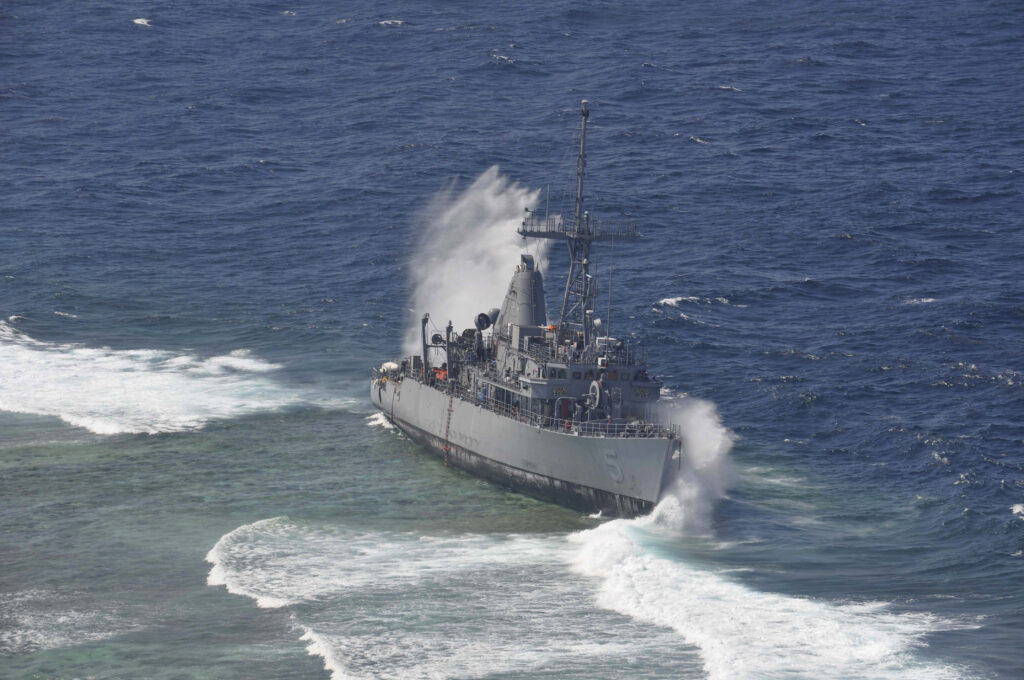Heightened Anxiety Over Shipyards In Navy’s New 30-Year Plan
Posted on

WASHINGTON: Every year, the Navy releases its 30-year shipbuilding plan. Every year, budget analysts decry it as unrealistic and sea hawks decry it as underfunded. Last year, the Navy dropped all pretense and agreed with the critics, saying its own modernization plan was “unsustainable” — especially if additional funding was not forthcoming for the new nuclear missile submarine, the Ohio Replacement Program.
This year’s report, now circulating on Capitol Hill and readable below, is less blunt but still boils down to the same grim bottom line. It also persists in old arguments with Congress, reiterating rejected proposals to mothball Ticonderoga-class cruisers for slow-motion modernization and include Cyclone-class patrol boats in the official count of “battle force” ships.
What’s new this year is a greater emphasis on — or anxiety about — the state of the shipbuilding industrial base. Mentioned in passing in past plans, the health of the industry gets increased attention in this one, echoing recent dire warnings from senior Navy officials. If the service has to sacrifice other programs to preserve the Ohio Replacement Program (formerly known as SSBN-X) and the Ford-class aircraft carriers (aka the CVN-78 class), its top priorities, “there is significant risk to the industrial base” — even without accounting for sequestration” — since low production rates outside of the SSBN and CVN production lines may not provide adequate work to keep shipyards operating at minimum sustaining levels and could result in shipyard closures.”
As a result, the study says, lower funding would not only mean fewer attack submarines, destroyers, amphibious ships, and so on in the near term: It would also mean much less industrial capability to build those ship classes back up in the long term.
Subscribe to our newsletter
Promotions, new products and sales. Directly to your inbox.
